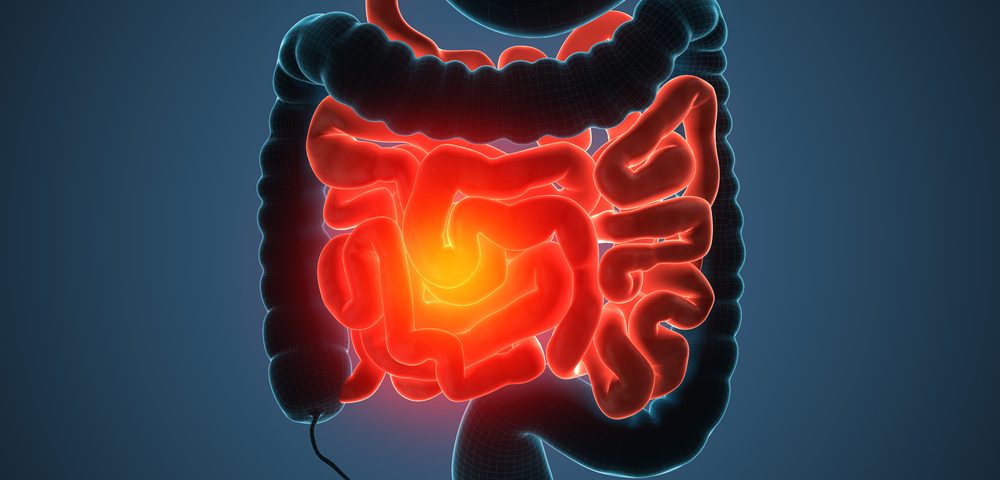Scientists have discovered a potent inflammatory factor called interleukin (IL)-1 that is released during necroptosis, a type of cell death by suicide often present in inflammatory bowel disease (IBD).
The discovery suggests that available medicines targeting IL-1 and future medicines developed to target this molecule may succeed as a new kind of therapeutics for inflammatory diseases including IBD and psoriasis.
The study “Active MLKL triggers the NLRP3 inflammasome in a cell-intrinsic manner,” appeared in the journal Proceedings of the National Academy of Sciences (PNAS).
Necroptosis takes place when cells become infected with a pathogen. In this sense, it represents a defense mechanism in which the body sacrifices infected or diseased cells to protect other healthy cells from becoming infected or sick.
Too much necroptosis can trigger inflammation, which may ultimately lead to diseases like IBD. Previous studies suggested that a byproduct of dead cell debris causes necroptosis-induced inflammation. Yet now, researchers suggest that inflammation after necroptosis is triggered because during their death, cells release pro-inflammatory mediators such as interleukin (IL)-1.
“Our research has pinpointed that, during necroptosis, dying cells release IL-1, a potent inflammatory signal,” Dr. Lisa Lindqvist, one of the study’s lead authors, said in a press release .”Now that we have discovered IL-1 is the ‘root’ of the inflammation associated with necroptosis, we speculate that targeting this molecule could be an effective way of treating inflammatory diseases.”
These findings offer the prospect for potential new therapeutic avenues where targeting IL-1 may suppress inflammation — not only in IBD but also multiple sclerosis, ischemia-reperfusion injury, atherosclerosis, liver disease, pancreatitis, psoriasis and even infectious diseases.
“Our research suggests that existing drugs that block IL-1 might be useful in treating these diseases,” Lindqvist said.
Current studies seek to understand how IL-1 is secreted. Understanding the mechanisms underlying IL-1 secretion may also help scientists to develop additional therapies — and ultimately, new drugs to stop its release and reduce inflammation.

